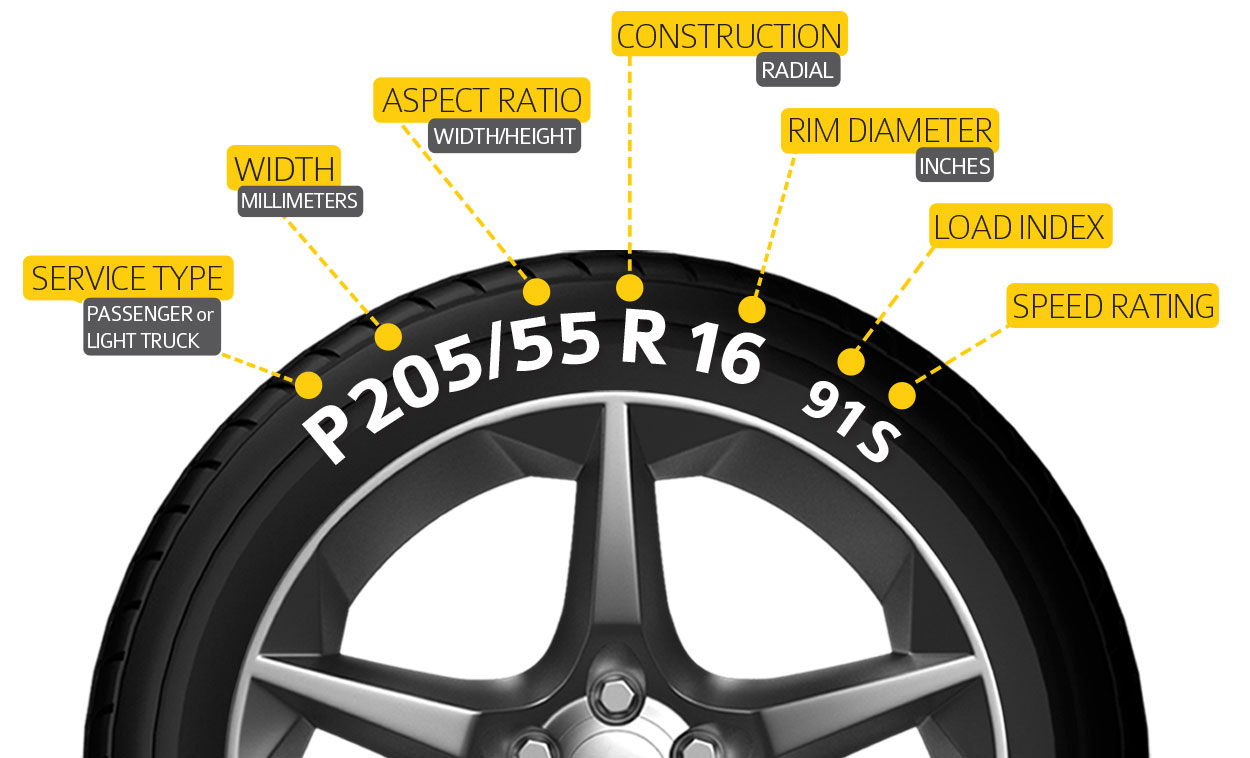
Ever wondered what those numbers and letters on your tyre sidewall mean? They're not just random characters; they hold the key to understanding your car's wheel size. Knowing how to decipher this code and accurately measure your car wheel size is crucial for safe and optimal driving in the UK.
Getting the right wheel size isn't just about aesthetics; it directly impacts your car's performance, handling, and safety. Incorrect wheel dimensions can lead to rubbing against the car body, inaccurate speedometer readings, and even compromise braking efficiency. This guide will equip you with the knowledge to confidently navigate the world of wheel sizes and ensure a perfect fit for your vehicle.
Understanding car wheel size involves more than just the diameter. It encompasses various factors including wheel width, offset, and bolt pattern. While the process might seem daunting at first, it's surprisingly straightforward once you grasp the basics. We'll break down each component and provide a step-by-step guide to accurately measure your car wheel size.
The importance of accurate car wheel size measurement cannot be overstated. From ensuring proper tyre fitment to enhancing handling and fuel efficiency, it plays a critical role in overall vehicle performance. In the UK, regulations regarding tyre and wheel sizes are stringent, making it even more essential to understand how to measure your car wheel size correctly.
Historically, wheel sizes have evolved significantly, moving from basic steel rims to complex alloy designs. With advancements in automotive technology, understanding wheel size has become increasingly important for both performance and safety reasons. Issues related to incorrect wheel size can range from minor inconveniences like speedometer inaccuracies to serious safety hazards like tyre blowouts.
Your car wheel size is typically expressed in a series of numbers and letters imprinted on the tyre sidewall. For example, 205/55 R16 91V. Let's break this down: 205 represents the tyre width in millimetres, 55 is the aspect ratio (the height of the tyre sidewall as a percentage of its width), R indicates radial construction, 16 is the wheel diameter in inches, 91 is the load index, and V is the speed rating.
Benefits of knowing your car wheel size include: 1. Ensuring proper tyre fitment, preventing rubbing and ensuring safety. 2. Optimizing handling and performance by matching the correct wheel size to your car's specifications. 3. Accurate speedometer readings, preventing potential speeding tickets and ensuring safe driving.
To measure your wheel diameter, use a measuring tape or ruler and measure across the face of the wheel from one bead seat (where the tyre sits) to the other. This measurement is typically in inches.
Recommendations: Consult your car's owner's manual for the recommended wheel size. Numerous online tyre retailers also provide tools to help you find the correct size based on your car's make and model.
Advantages and Disadvantages of Measuring Your Own Wheel Size
| Advantages | Disadvantages |
|---|---|
| Saves time and money potentially. | Potential for inaccuracies if not measured correctly. |
Best Practices: 1. Always refer to your owner’s manual. 2. Double-check measurements. 3. Consult a tyre professional if unsure.
FAQs:
1. What is wheel offset? Answer: Wheel offset is the distance from the wheel's mounting surface to the centerline of the wheel.
2. What is bolt pattern? Answer: Bolt pattern refers to the number of lug nuts and the diameter of the circle they form on the wheel.
3. How do I find my car's recommended wheel size? Answer: Check your owner's manual or consult a tyre professional.
4. Can I change my car's wheel size? Answer: Yes, but ensure the new size is compatible with your car's specifications.
5. What are the risks of using the wrong wheel size? Answer: Incorrect wheel size can lead to tyre rubbing, speedometer inaccuracies, and compromised handling.
6. What tools do I need to measure wheel size? Answer: A tape measure or ruler is sufficient for basic measurements.
7. Where can I find more information on car wheel sizes? Answer: Online tyre retailers and automotive forums are good resources.
8. What is the difference between wheel size and tyre size? Answer: Wheel size refers to the dimensions of the wheel itself, while tyre size refers to the dimensions of the tyre that fits on the wheel.
In conclusion, understanding how to measure car wheel size in the UK is a fundamental aspect of car ownership. It ensures safe driving, optimises performance, and helps maintain the overall health of your vehicle. From understanding the markings on your tyre sidewall to accurately measuring wheel diameter, width, and offset, taking the time to learn these essential skills empowers you to make informed decisions about your car's wheels and tyres. By following the guidelines outlined in this guide, you can confidently navigate the complexities of wheel sizing and ensure a perfect fit for your car. Don't underestimate the importance of correct wheel size; it's a small detail that makes a big difference in your driving experience. Take the time to measure correctly, and enjoy the benefits of a safe and smooth ride.
Cranking up the adventure the ultimate guide to polaris rzr pro xp sound bars
Finding your up north sports fix
Unpacking bona fide residency a journey of belonging













